
Local LGBT Archive Finds New Home at University of Houston
M.D. Anderson Library celebrates their acquisition of Houston’s Botts Collection of LGBT History, Inc.
By Brandon Wolf
“Things have certainly changed a lot,” says Houston pioneer gay activist Ray Hill, greeting the news of the acquisition of The Botts Collection of Lesbian, Gay, Bisexual, and Transgender History, Inc., by the University of Houston’s M.D. Anderson Library Special Collections archive.
Sixty years ago, Hill would visit the University of Houston (UH) library as a high-school student. “I knew that on the third floor were the ‘closed stacks,’ and that is where all the information about homosexuality was stored. It was open only to graduate students and researchers.”
Hill also realized that people who worked on the third floor had to come down to another floor to use a bathroom. Most often, employees used the fire-escape stairwell leading down to the basement restroom. If they propped the stairway door open so they could re-enter easily, Hill could sneak up to the third floor to eagerly read the books and periodicals by and about homosexuals. Six decades later, that same library is growing an LGBT history collection that includes reams of information about Hill’s lifetime of LGBT activism that has made him widely known as “the godfather of gay Houston.”
Is an LGBT Collection Safe in a Texas Public Institution?
Before proceeding any further, it is important to address the major hesitation that LGBT community members might have about the UH acquisition: just how safe is an LGBT collection in a Texas public institution?
It’s a valid concern. In this largely conservative state, anti-LGBT rhetoric emanates from Austin politicians on a regular basis. But there is an enormous gap between political grandstanding and legislating policy. Any bill can be proposed, but few are ever enacted.
There is also a great difference between fighting marriage equality and attempting to censor a university library. The U.S. Supreme Court ruled in Board of Education v. Pico (1982) that “local school boards may not remove books from school library shelves simply because they dislike the ideas contained in those books.”
Libraries are considered storehouses of an ever-expanding body of human knowledge and opinion. It is their role to serve as neutral ground for opposing viewpoints. Most library censorship challenges are at the grade-school level, and court-case precedents could be invoked in the event of a university library challenge. Lambda Legal has defeated all attempts to ban or restrict LGBT-themed books from academic libraries.
Former Texas State Representative Debra Danburg adds that legislators cannot use appropriations to drive policy. “There is a Texas law that prohibits such behavior,” she says.
The Diana Foundation Leads the Way
The Botts Collection first opened for business in November 2011, using rented space on the second floor of what is now Kindred, at 2515 Waugh Drive. In January 2012, the collection incorporated. It is named for the late Charles Botts, an avid Houston LGBT archivist who died in 1994.
The Diana Foundation began funding Botts on an annual basis in 2012. The foundation has a long history of helping fledgling organizations that they feel are relevant.
In 2013, former five-term Diana president John Heinzerling wanted to do more. Two volunteers were giving a day of their time each week to manage the collection, but they were aware that they were merely warehousing history rather than making the collection accessible to more of the public than just the researchers who came to their facility.
Heinzerling had been impressed with the University of North Texas’ acquisition of the huge Phil Johnson collection of Dallas LGBT history. Johnson’s collection, consisting of over 700 storage boxes, was being digitized and made available on the Internet.
Then Texas A&M bought the impressive LGBT collection of Houstonian Don Kelly. They celebrated the acquisition with a public exhibit of collection highlights, and distributed a handsome free souvenir booklet to visitors.
Being a man of vision, Heinzerling arranged for UH officials to meet with Larry Crisione, curator of the Botts Collection, and Leif Hatlen, president of the Botts board. Both men have more than a decade of volunteer experience each with LGBT history collections.
An agreement was reached that both sides felt was a win/win situation, and a contract was signed. The “migration” of the Botts Collection to the University of Houston would be carefully planned to take place in “waves” over a three- to five-year period, with the Diana Foundation providing funding for each wave.
Diana president Tanner Williams says, “We felt this was an important project, and we wanted to lead the way, showing the Houston community that preserving our history is important.”
UH began a new collecting area titled “LGBT History Collection” where two new archival collections would be developed—the Botts Collection of LGBT History and the Diana Foundation Collection.
Three of UH’s existing LGBT collections will also become a part of the new collecting area: the Edward Lukasek Gay Studies Collection, the Katherine Wilcox Lesbian & Feminist Collection, and the Norma Lee Feminist & Lesbian Collection. Other holdings to be included will be bound editions of all OutSmart and This Week in Texas magazines.
Why Universities Are Popular Venues for LGBT Archives
Hill notes that the majority of the country’s LGBT archival collections are located on university campuses. The enormous effort involved, and the funds needed to house and process collections, are generally available only through educational institutions. Universities are also vying for LGBT collections. Faculty, staff, and students are increasingly requesting LGBT research materials. The producers of Dallas Buyers Club, winner of the 2013 Oscar for Best Picture, used the University of North Texas Johnson archive to ensure the historical accuracy of their 1980s-era film.
Christian Kelleher, UH’s head of special collections, explains that “We want to support every academic area at UH, and that includes making LGBT materials available.” The school’s dean of libraries, Lisa German, says, “A library preserves cultural records, and LGBTs are definitely part of that record.”
In the September 14, 2014, issue of The Advocate, the University of Houston was listed as one of “Seven Brave Campuses for LGBT Students in the South.” The article noted that “The University of Houston is one of the two highest-ranked Texas schools listed on the Campus Pride Index, ranked at 4.5 stars out of 5 stars.”
The Monumental Task of Processing Material
The Botts Collection’s existence and ongoing maintenance are now safe under the stewardship of a credible custodian. After UH staff visited the Botts Collection to determine how many linear feet of shelving to allocate, the first wave of Botts material arriving at UH went immediately into the climate-controlled closed stack area. That wave included many archive boxes labeled with familiar names—Gene Harrington, RMCC, Rev. Ralph Lasher, Larry Butler, and Gay Yellow Pages.
Back at the Botts Collection, preparations are being made for the second wave. Paper documents, magazines, newspapers, DVDs, VHS tapes, other media and photographs are sorted into like groups. Botts still receives materials from the community, and they come in boxes of all shapes, sizes, and conditions. After being repackaged in standard archive boxes, Hatlen goes through each box and prepares a basic inventory list in Excel, and that printed spreadsheet serves as the temporary identification for the content of the box when it arrives at UH.
As with any archive that has new materials arriving daily, it is impossible for everything coming in to UH to be immediately processed. But nothing sits and collects dust. Special Collections has strategic plans that track the status and prioritize the processing of their holdings.
The more detailed archival processing stage involves transferring material from their original boxes into acid-free boxes and folders. As paper ages, it begins to decompose into acid. Acid-free storage media keep such decomposition contained. The cost is many times that of standard storage media, but the expense is justified.
Processing also includes labeling new folders in a way that identifies content with an assigned index number. Then a “finding aid” is prepared—a detailed list of all the folders in a box, describing their contents, and utilizing the index numbers.
Endowed collections are processed more quickly because graduate students can be hired with endowment funds. Vince Lee, curator of the new LGBT History Collection, says that applicants working on library/archive degrees are considered first. For the Botts Collection, those with a demonstrated interest in LGBT history will most likely be chosen to learn while they work.
Various factors affect the processing of non-endowed collections—such as research requests for a subject, the fragility of a collection, and new collection areas being grown. There is no specific time period, but Lee says generally they don’t want any collection to go beyond three years without processing.
A State-of-the-art Archival Facility
The UH stack area is kept at a constant temperature of 68 degrees and 50 percent relative humidity. Both analog and digital devices monitor temperature and humidity, and if the two do not agree, the discrepancy is resolved. In a city known for its extreme heat and humidity, this is an important step up. Mold, mildew, and bugs need a warm, humid environment to thrive, and the UH stack area provides them with neither. There are no windows in the stack area, eliminating the possibility of sunlight and hurricane damage.
The stack area is huge—138 feet wide and 96 feet in length—a total of 12,250 square feet, equivalent to one-fourth of a professional football field. The stacks are 28 rows of compressed shelving. A center aisle divides the width into two sections.
At the touch of a button, 60 feet of shelving glides effortlessly to allow entry into a particular row. One section is dedicated to rare books and theses/dissertations. The other section houses the archival collections, films, and video. Additionally, flat files with drawers house maps, architectural materials, posters, etc. Independent adjustable shelving units hold memorabilia that won’t fit into the stacks.
Full-time Professional Archive Staff Ensures Accessibility
The UH Special Collections has 12 distinct collecting areas that contain more than 250 archival collections. The full-time professionals who work with archival processing and maintenance are members of the Society of American Archivists, and adhere to the society’s best practices and standards.
Anyone can come to the Special Collections reading room, where a staff member will assist in accessing research materials. Specific information might be indexed to a particular folder, or an entire box may have to be searched. The degree of indexing may differ, but all materials are accessible. Researchers who visit the archive must work in the Special Collections reading room. No documents or boxes can be removed from UH. The reading room has security cameras that monitor researchers from several angles to minimize the risk of theft.
The Ultimate Accessibility—Digitized and on the Internet
The ultimate goal is to digitize holdings and make them available on the Internet. The UH digitizing lab has numerous scanners, most costing tens of thousands of dollars. Their scanners can attain a resolution five to six times better than even the best home scanner. An ordinary flyer can be enlarged to the size of a wall poster with no loss of clarity.
There are also special scanners for books. One uses a flatbed where a book can lie flat, with glass keeping the pages spread. Another has two halves, each of which can be raised higher or lower. A laser beam indicates when a page is flat. This allows for scanning of bound books without breaking the binding or producing a “curved” image.
Software can take document scans and read the text in them using optical character recognition. Other software color-corrects documents, restores their original vividness, and can even get rid of coffee-cup rings and other stains.
Special Collections does not “cherry-pick” items to scan. They scan all their holdings so that a digital image of each item is preserved electronically. Posting to the Internet takes a trained professional. Copyright protections have to be researched, and some documents have to be classified with whatever restrictions a donor might have requested.
Each scanned item is identified with “metadata”—providing information such as original date, a description of the content, the name of the donor, and keywords for search engines to pick up on.
Archivists have no magic wands—it just takes time, effort, and money. The UH staff wants to grow a world-class LGBT collection in the years to come. The process will be organic: with each success, the collection will attract more interest, more archival collection donations, and additional endowment funds—all of which will lead to further successes and growth.
When the Botts migration is complete, Crisione and Hatlen will continue to help UH staff members by providing more precise keyword descriptions for items and identifying the people in photographs. This will enable the Botts Collection to have an expanded reach on the Internet. When someone does an Internet search using any number of keywords, Botts material will show up in their search results, as determined by the keywords in the metadata. For example, the papers of socialite/philanthropist Carolyn Farb are housed at UH. Farb was involved in numerous LGBT and AIDS fundraising functions, so items from the Botts collection will show up in many “Farb fundraising” search results.
The Importance of History
For the LGBT community, preserving our history is especially important because so much of it has already been lost. Decades ago, when we were considered outcasts or even outlaws, people didn’t want their collections to survive them. In cases where they did, embarrassed families usually burned them.
The tragedy of Orlando this past June resonated around the globe and impacted our community. In order to be understood, we need our history to tell our stories.
Science communicator Carl Sagan once said, “I think the health of our civilization, the depth of our awareness about the underpinnings of our culture and our concern for the future can all be tested by how well we support our libraries.”
It is toward that end that the Botts Collection has entrusted their holdings to UH. It is an exciting “next step” in the effort to preserve Houston’s LGBT history.
Anyone interested in donating collections or providing financial support to the UH archive can contact UH curator Vince Lee at 713.743.9753.
The home page of the new LGBT History Collection at UH is available at this link: http://info.lib.uh.edu/about/campus-libraries-collections/special-collections/lgbt-history.
From Warehoused to the Web – A Dynamic New World for ‘Box 52’
This slide show follows the journey of ‘Box 52’ from the Botts Collection of LGBT History, Inc. to it’s new home in the M.D. Anderson Library’s Special Collections at the University of Houston.
Box 52 has been transformed. At Botts, it was a static pile of warehoused history, housed in less than optimal conditions, cared for by a volunteer staff and accessible only to researchers who visited the archive. At UH, it is now highly dynamic history, residing in optimal archival conditions, maintained by a professional archive staff and accessible to anyone around the globe digitally via the Internet.
Botts Collection of LGBT History, Inc. Moves to University of Houston
This slide show shows the current facilities of the Botts Collection of LGBT History, Inc. which has housed the collection since 2011.
The collection is in the midst of migrating to the Special Collections area of the M.D. Anderson Library at the University of Houston, in ‘waves’ over the next 3-5 years.
Houston’s Diana Foundation is funding the move which will bring the collection into a whole new realm of professional care and expanded reach of their thousands of unique historical items.


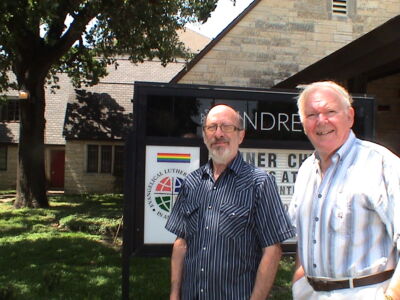
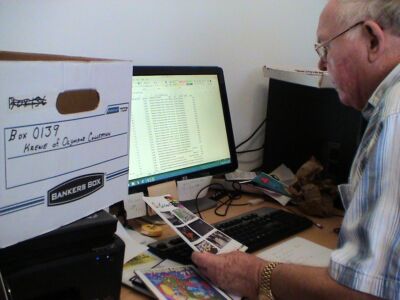
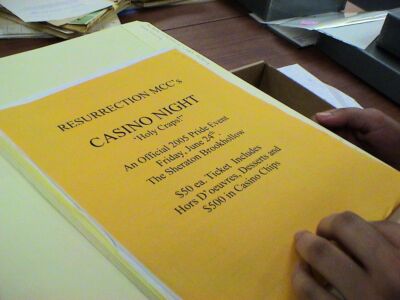
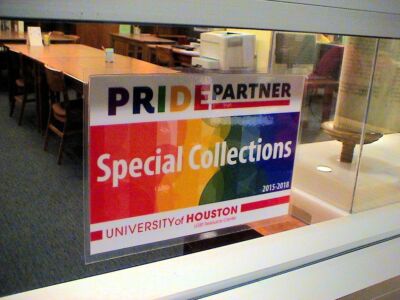

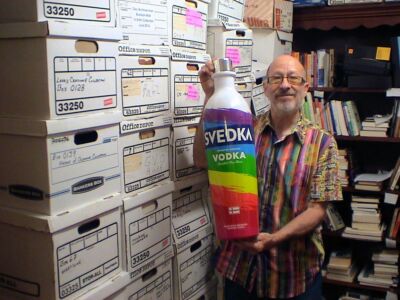

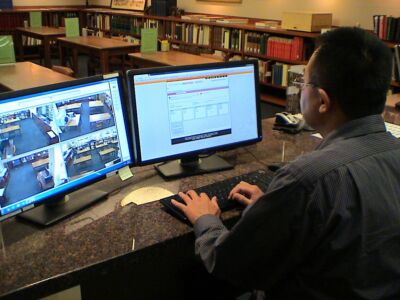

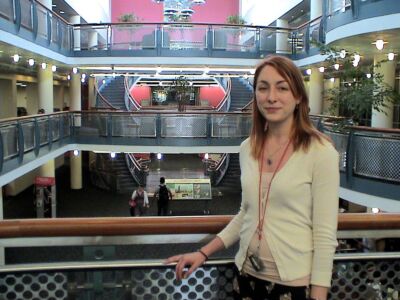



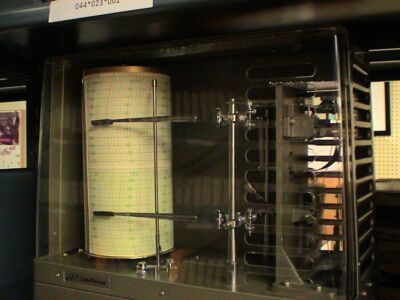
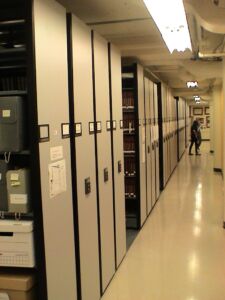
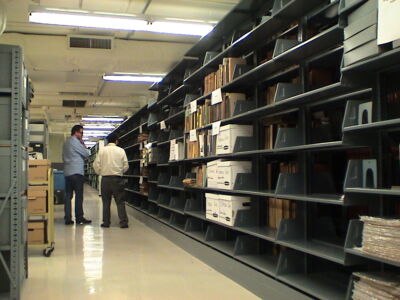
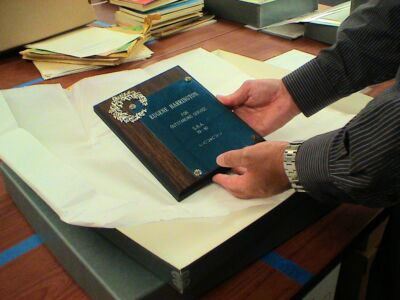
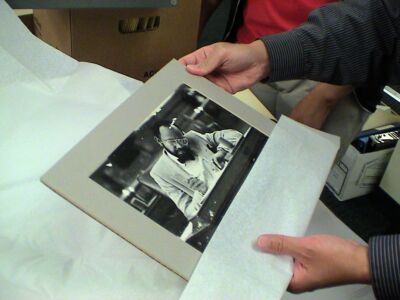
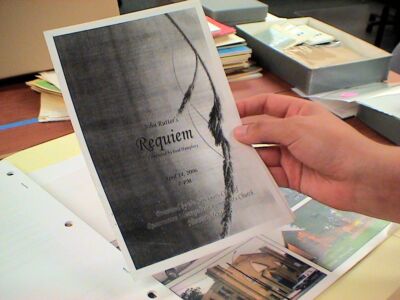
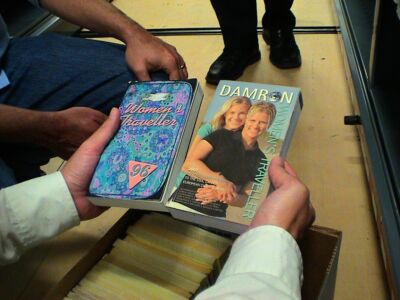
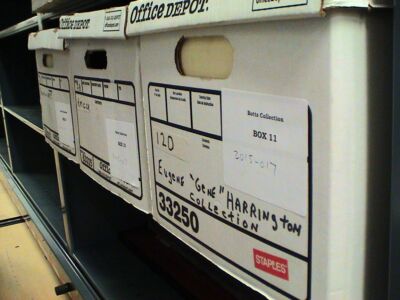
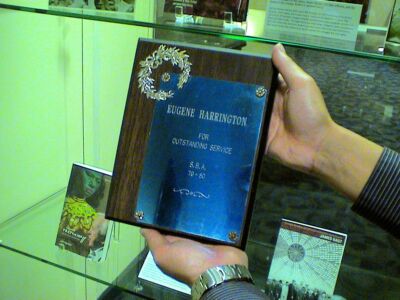
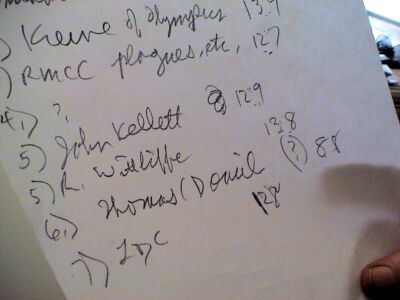
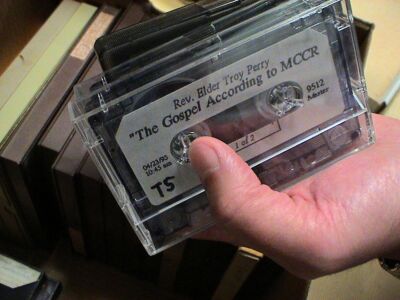

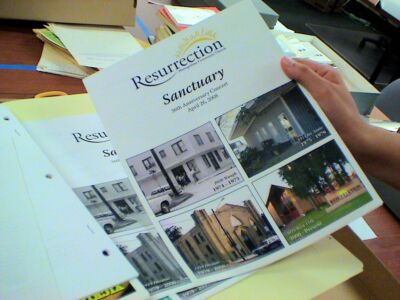
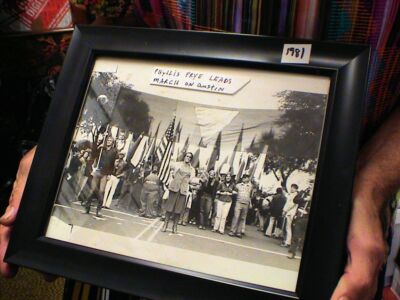
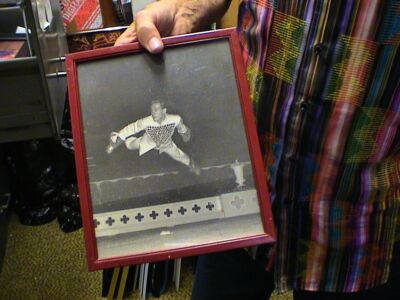
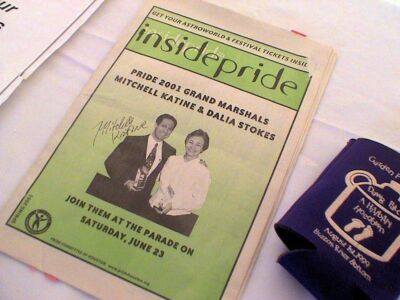
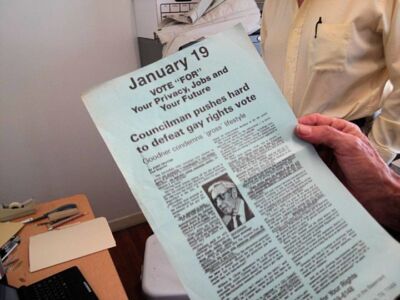
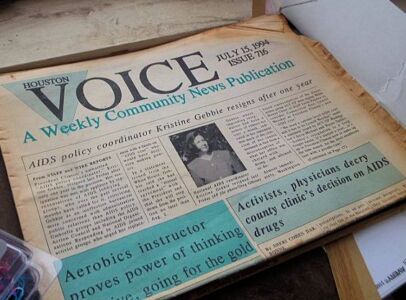
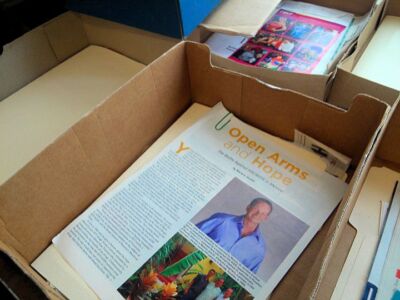



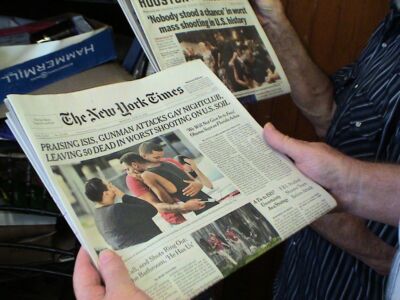
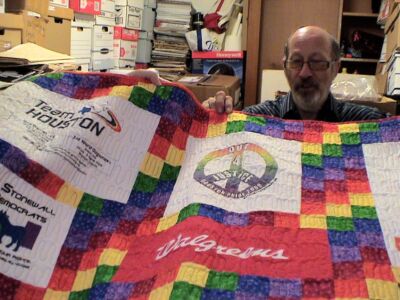
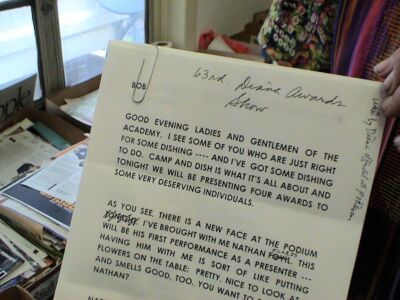
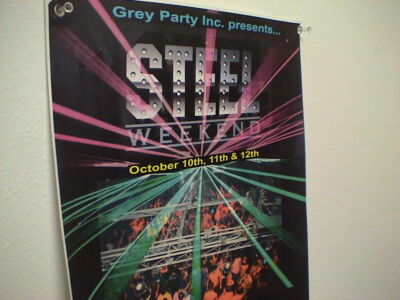

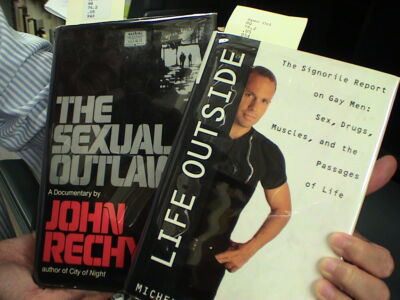

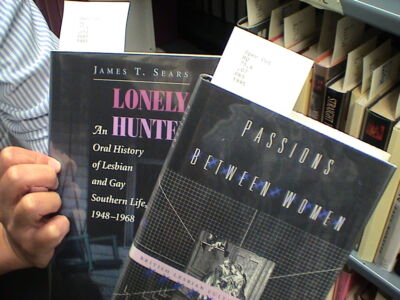
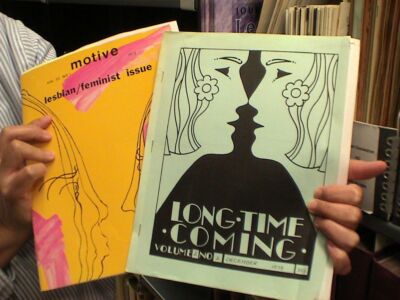
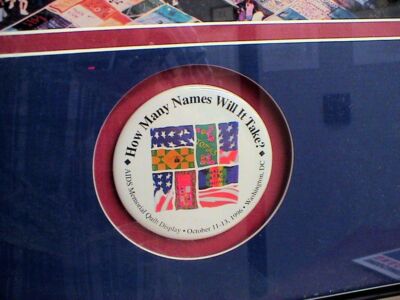
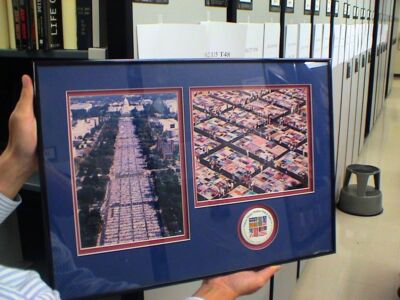
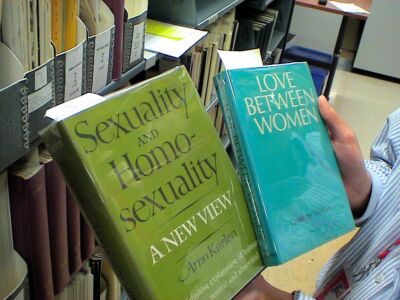
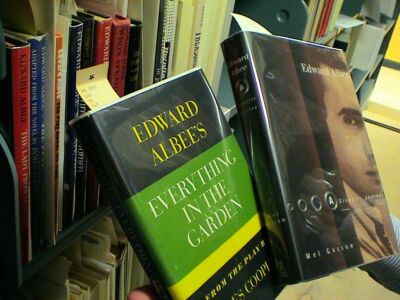
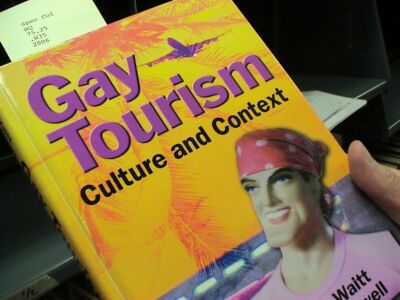

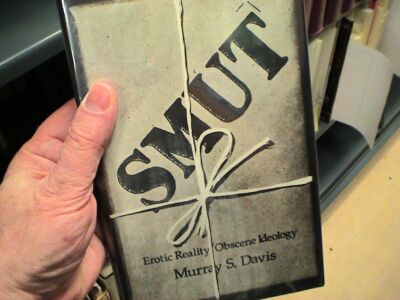
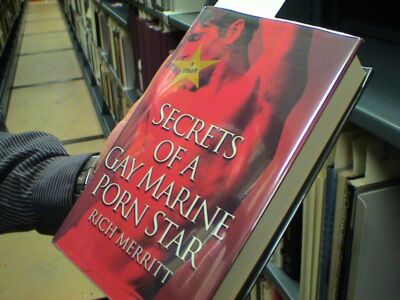
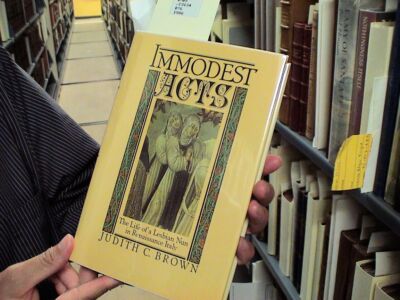
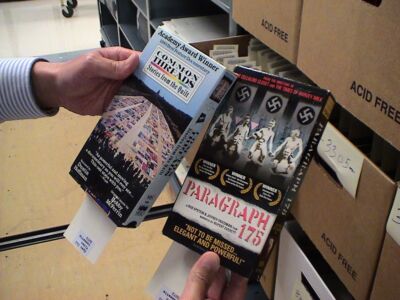


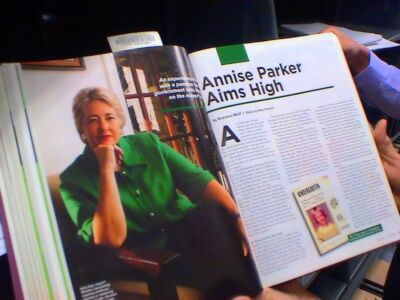
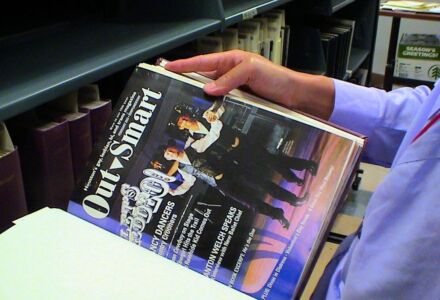

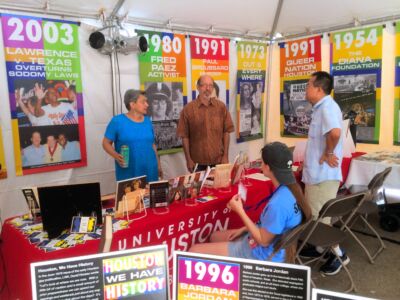

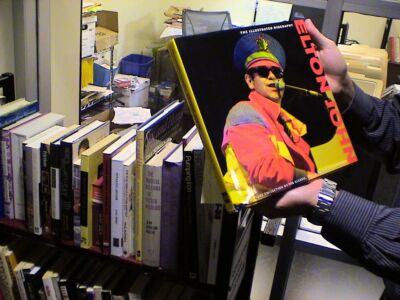
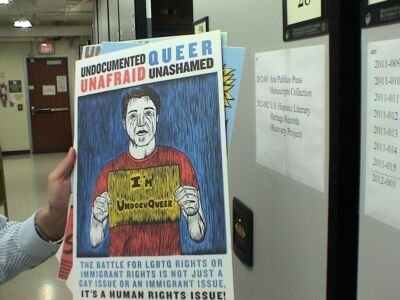









Comments